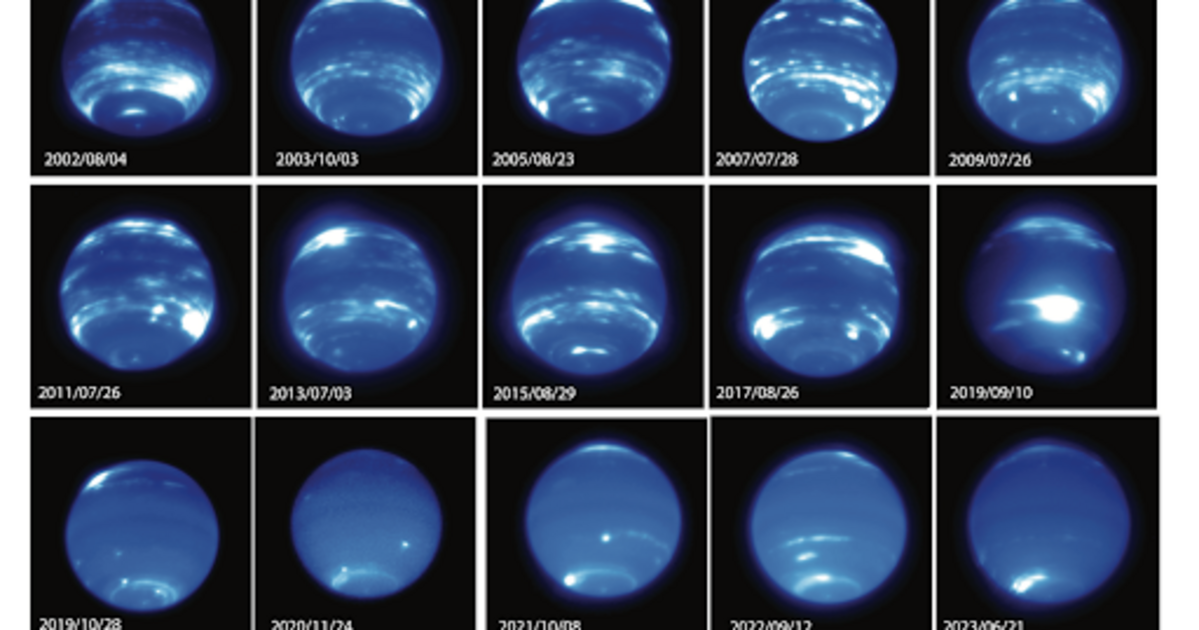Starting with the first images taken by the Hubble Space Telescope in 1994, experts analyzed observations of the past 30 years and found that the elongated cloud bands observed in the planet’s atmosphere since 2019 faded and then disappeared completely.
It was surprising how quickly Neptune’s clouds were disappearing. In fact, the number of clouds decreased month by month
– explained Emke de Pater, Professor Emeritus at the University of California, Berkeley.
Scientists believe that the periodic changes of the sun may cause this phenomenon, which would be surprising because Neptune is 4.5 billion km from the central star, thirty times farther than Earth. Being a distant planet, we know little about Neptune, but we already know that complex and dynamic atmospheric processes take place on it. Here, for example, the strongest winds in the solar system occur, with a speed of 2000 kilometers per hour.
On the other hand, the sun looks like a glowing ball, but is actually a raging ocean of plasma that bathes the solar system in ultraviolet light – the intensity of which depends on where it is in the 11-year solar cycle. And this affects all planets, even the most distant ones.
Photo: Emke De Pater, Irandy Chavez, Erin Redwing (UC Berkeley)/WM Keck Observatory
In the case of Neptune, there was a correlation between the solar cycle and the number of clouds. The most amazing cloud cover was observed in Neptune’s atmosphere, consisting of hydrogen, helium and methane, after the peak of solar activity, accompanied by the reversal of the magnetic poles, and the clouds gradually disappeared after that.
This means that the strong ultraviolet rays from the sun are absorbed and a chemical reaction occurs. Neptune appears brighter at this time due to light reflecting off the clouds – the change in light has been observed before, but the reasons for it are unknown.
The research period covered two and a half solar cycles. Neptune’s light increased in 2002, dimmed in 2007, brightened again in 2015, and darkened again by 2020, and the clouds disappeared.
Irandi Chavez, a student at Harvard-Smithsonian University, noted that the clouds did not return to their old shape in the four years that followed. The researchers were observing Neptune from the Keck Observatory in Hawaii at the time the latest James Webb images were taken, which show the first returning clouds around the corners.
All in all, don’t worry: the clouds will soon return before disappearing again.












































